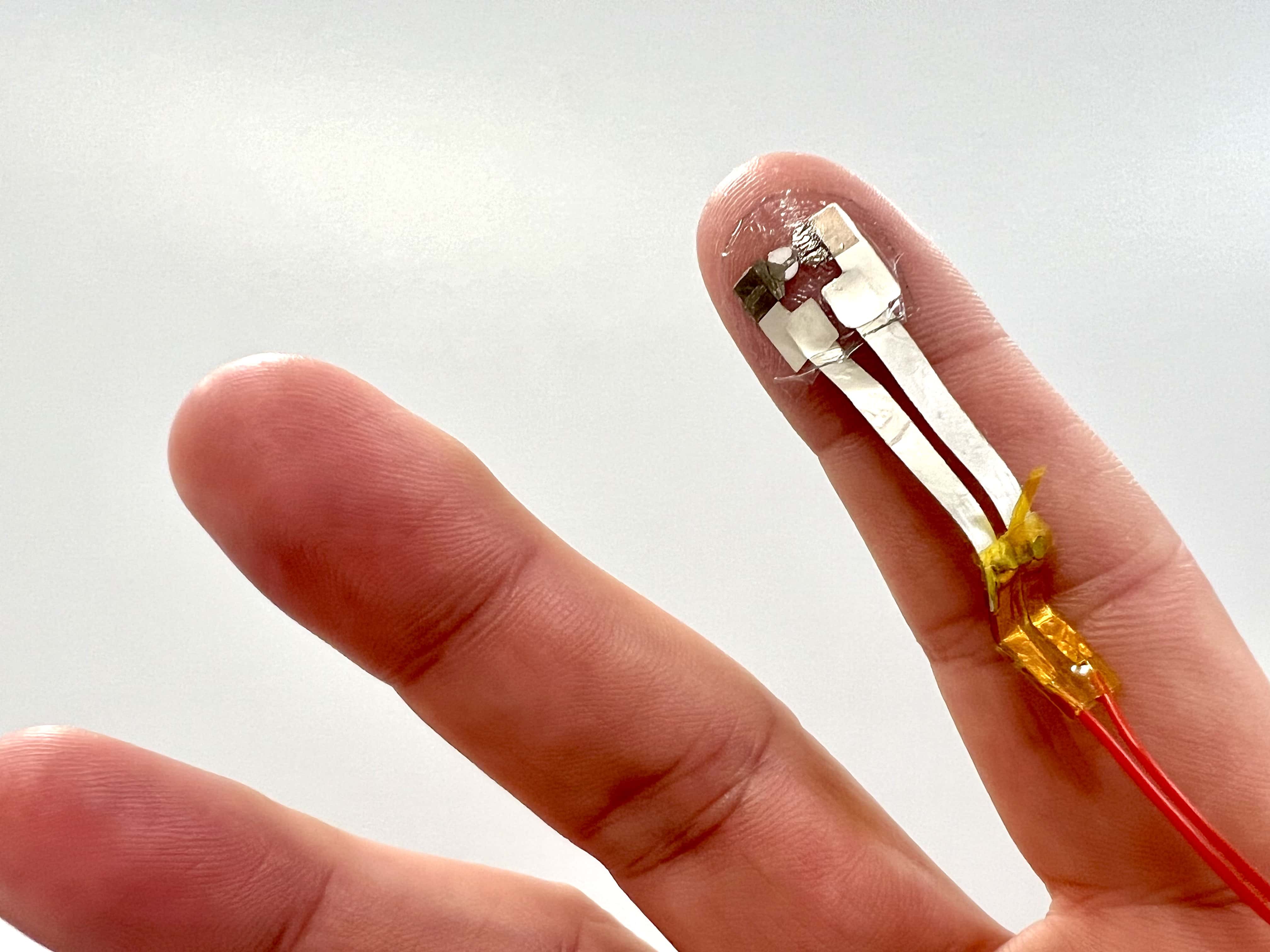
Touch is a fundamental sense, and touching the surrounding environment and perceiving tactile sensations from external stimuli is an almost fully automatic skill, fundamental to perform several daily tasks. Therefore, replicating tactile sensations in artificial wearable devices could find multiple important uses, such as reproducing sensory feedback in amputees using a robotic limb, controlling teleoperated robots with a higher precision, providing information to blind people through so-called ‘Braille displays’, or as interfaces in virtual environments and gaming, enhancing the immersive experience of users.
- A temporary, electronic tattoo gives sensory feedback.
- This could be useful for several group of patients, for instance amputees using a robotic limb.
A new system, developed by two researchers from the Italian Institute of Technology, (IIT), is an electronic tattoo of a few micrometers thick and designed to arouse a tactile sensation, thus to generate a force that pushes on the skin of the person who is wearing it, which can then perceive a touch.
Everyday life
The electronic temporary tattoo – like those used by children – is small and easy to wear, allowing to apply it in everyday life, and it is able to generate a very localised force, capable of restoring a tactile sensation on the skin to which the device adheres perfectly.

How it works
The tactile device is based on an electro-thermo-pneumatic actuation strategy, which consists of electrically heating, in a fast and very localised manner, a small volume of air enclosed between two very thin films. As it expands, the air generates forces and displacements on the skin placed in contact, producing the tactile sensation. Due to its very low thickness, the tattoo is virtually undetectable once transferred onto the skin, which is crucial for its potential final application as a tactile display.
Safety
Moreover, unlike most of other devices designed and proposed so far to generate tactile sensations through forces and deformations, this system is also able to operate powered by a small battery, at low voltages, ensuring complete safety for the person who is wearing it.
A possible new standard
Preliminary usage test results showed great promise in terms of functionality, suggesting the use of this technology as a possible new standard in the manufacture of lightweight, portable, and energy-efficient tactile displays.








